Contrary to the good intentions of donors and activists, coexistence groups barely convince the convince. Real coexistence can't be forced.
Israel is drowning in 'coexistence' groups meant to break down barriers between the two national groups • Although lavishly funded and given almost exclusively positive press, they have little real impact • Seth Frantzman explains that self-selection, lack of real enthusiasm or compromise on the Palestinian side and a feeling of fakery keep this phenomenon at the margins • In the end, real coexistence is about individual compromises and friendships, not forced social utopias

In December 2009 Therumpus.net published an interview with Michal Zak, “a forty-nine year old Jewish resident of Neve Shalom, a village with a population mandated at exactly 50% Palestinian Arab/Israeli Jew.” A facilitator at the “school for peace,” she was asked by Jesse Nathan whether “Palestinian resistance” also includes suicide bombers. Zak responded that they are “in a category of violence against civilians – as opposed to violence against soldiers which is the most legitimate, and violence against settlers, which is second on my list.” Zak claimed that bombing civilians “just makes me see how desperate they are.”
The interview is emblematic of what "coexistence" often really means in the Israeli-Palestinian context: the “Israeli” side adopts the Palestinian narrative and supports, almost wholeheartedly, Palestinians. The Palestinian side embraces the “Israeli” view – insofar as the Israeli view is the Palestinian view in this coexistence situation. They "coexist" as Pro-Palestinian Palestinians and Pro-Palestinian Israelis. Palestinians who are killed in “martyrdom operations” are martyrs, Israeli soldiers are killers, Palestinians always have a “right to resist,” while Israeli rights to do much of anything are diminished. Palestinian nationalism is good nationalism, Israeli nationalism is chauvinist and fascistic and unacceptable.
Why does coexistence work fail? Why does it either turn out as described above, or as a sort of inauthentic jerry-rigged forced “meeting of the minds” between groups?
The Usual Suspects Preaching to the Choir
Let’s take an inside look at some of the issues involved. First of all, there are a multiplicity of groups involved in coexistence in Israel. Consider ‘Creating Change Advocates: Israelis and Palestinians in Dialogue and Action’, a group funded generously by US AID. The group brought together 40 lawyers, 20 of them Palestinians from the West Bank, “5 were Palestinian-Israeli citizens” and 15 Israeli Jewish lawyers. It was the brainchild of Michael Sfard, a radical-left lawyer famous for working with Israeli human rights lawyers.
A typical day of the program was devoted to discussing “the 1948 war, racism…discrimination against Palestinian citizens of Israel, land confiscation [by Israel].” A newsletter about the meetings of the group note “the Palestinian side presented problems such as having to defend a collaborator, or defending a one-single-small famer while knowing a compromise is helping the individual but not the Palestinian cause as a whole and other issues that go against the national Palestinian cause.” What we see here again is that the Palestinian side’s basic assumption is that everything must be subverted to help the “national cause,” there is no discussion of Israeli lawyers feeling that when they take cases it must be only to help the “Jewish cause”; in the opposite the Jewish participants were interested in helping Palestinians and so were the Palestinians.
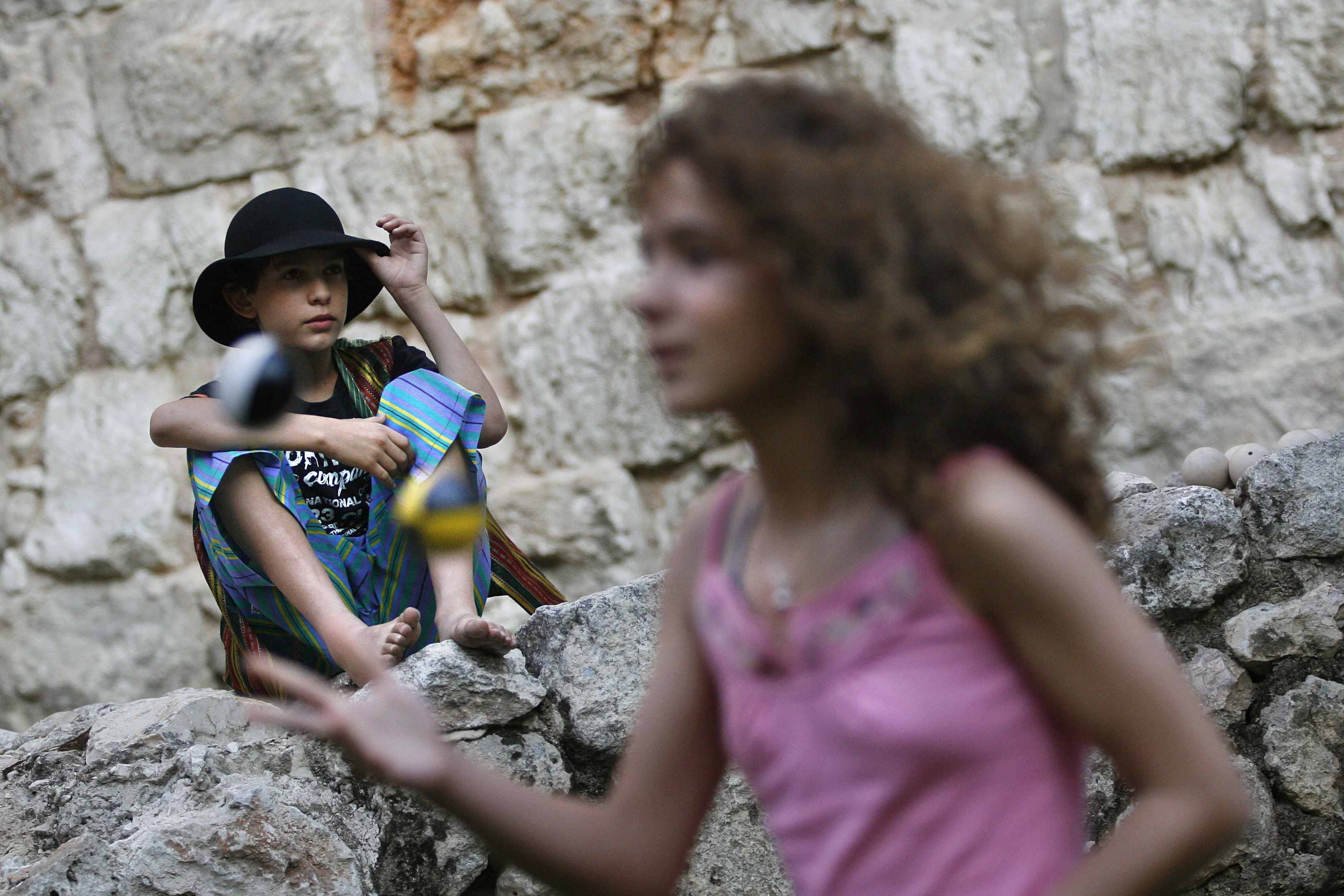
Some groups are less one sided: Minds of Peace has organized dozens of meetings between higher level Palestinians and Jews. At a meeting in Jericho in April of 2014 they shared their views on the future. “We learned from Ireland and South Africa that negotiations must be not only on the political level but on the personal level,” Col. Ze’ev Raz told The Media Line. What have the dozens of meetings accomplished? Not much, it seems.
More grass roots coexistence work doesn’t seem to achieve much either, but they do get people to meet each other. The organization Tiyul Rihla’s leader Yoav Kalfon told Times of Israel in an April interview that he had created his organization because other coexistence groups have “the usual suspects” from both societies, “peace activists from both societies who need little convincing.” The article noted that organizations were mostly run by Jews, with Palestinians hardly involved, except to attend the events.
Another group called the “Twinned Peace Soccer Schools for Girls Program” serves 100 girls from Beit Safafa, Beit Sahour, and Kiryat Gat and Merchavim in Israel. Supported by the Peres Center for Peace, and sponsored by the Canadian Government, the organization claims that it “creates new group identities built on equality and cooperative interdependence.” The Palestinian women in the photo wear headscarves, the Jewish ones are not religious, a common theme among many of the groups surveyed.
The list seems almost endless. There is an organization for “Cyberpeace”, a Committee for Israeli-Palestinian Dialogue, the Jerusalem Center for Coexistence, a group called Middleway that “organizes walks and other activities between Jews and Arabs in Israel”, the Peace Child Israel group that “conducts dialouges and drama projects in schools”, Givat Haviva/Jewish Arab Center for Peace which is the “oldest dialogue organization in Israel, founded in 1949”, Jewish Palestinian Encounter, Parents Circle “representing bereaved parents”, Yakar, Windows (a dialogue center in Jaffa), Silent No Longer, Re’ut Sadaka, Combatants for Peace, and many, many others.
More About Brochures and PR Than Real Influence
One Palestinian named Faris Giacaman called it a “peace industry.” He claimed that many Jews he met in the US “are eager to inform me of various activities they have participated in that promote ‘coexistence.’” Interestingly his take on it is that “these efforts are harmful and undermine Palestinian civil society calls for boycott, divestment and sanctions of Israel.”
He noted that as a teenager Seeds of Peace, which was once one of the most well-known and “sexy” peace initiatives in the media, would visit his school often “asking students to join their program.” Giacaman’s view is that this “industry” of dialogue groups legitimate Israel’s control of the West Bank. He claims that they pretend both sides are equal and have “legitimate claims” when in his view Israel is the powerful player and it can only be defeated through “popular struggle and resistance.” Maybe he should have sat down with Zak at a coexistence circle, she would have agreed.
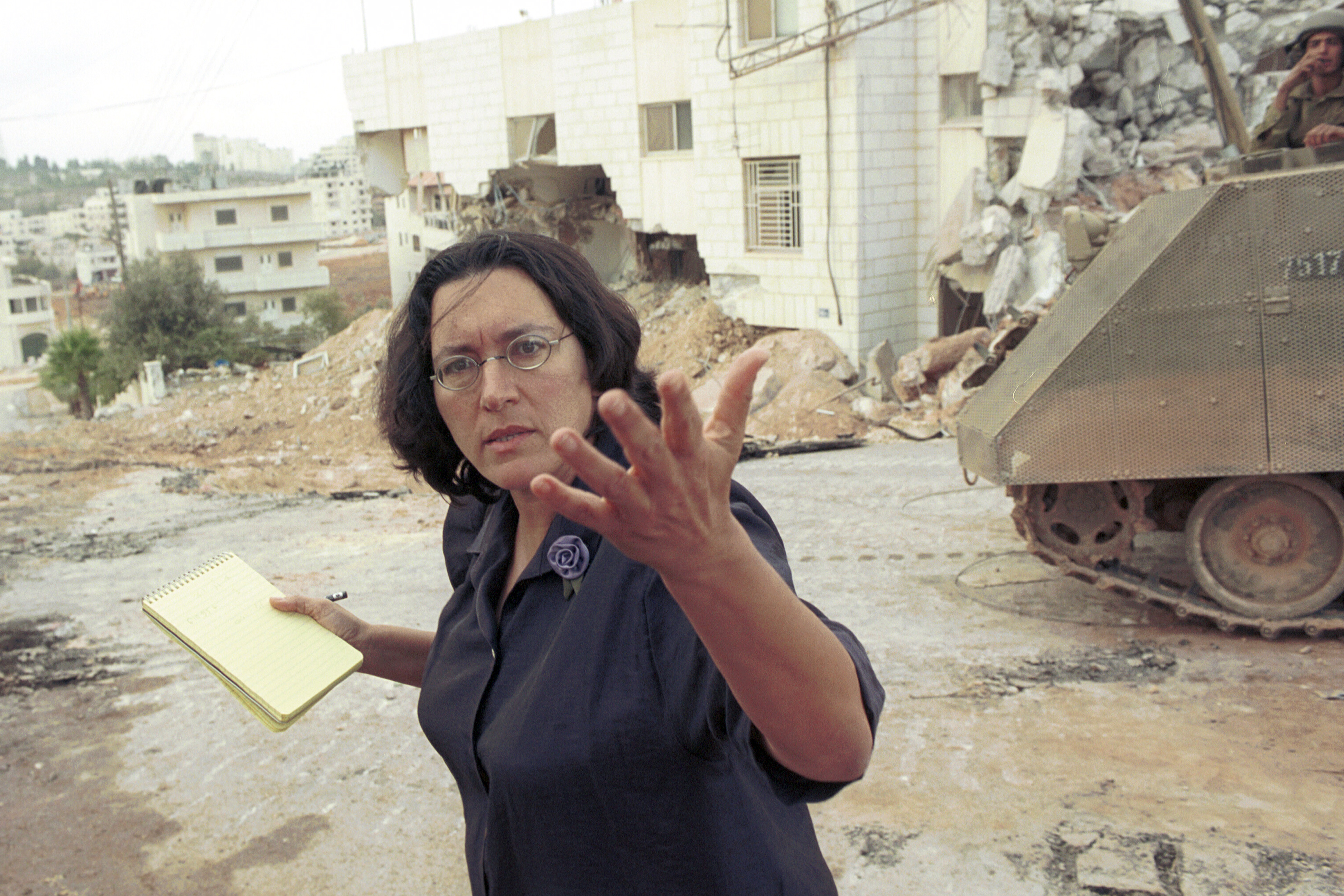
Giacaman sees coexistence as a conspiratorial shield for Israel. Ironically the Haaretz journalist Amira Hass, who has supported Hamas’ “right to build tunnels”, was recently a victim of the very BDS and anti-normalization campaign Giacaman supports. She had wanted to speak at Bir Zeit University but was told that as an Israeli and Jew she was not acceptable. “I understand the emotional need of Palestinians to create a safe space from those who deny them their rights, but I question the anti-colonialist logic of boycotting left-wing Israeli Jewish activists.”
Hass puts her finger on the button of the central issue facing coexistence. She thought that her method of coexistence should work, as a “left wing Israeli Jewish activist,” she should be able to coexistence with right wing nationalist Palestinians. Coexistence groups appeal to an odd mix that encompasses the Jewish left and the Palestinian center and right; it is a dialogue of extremes almost entirely out of touch with mainstream Israeli society, which doesn’t identify with the goings on at Neve Shalom or the writing of Hass and Hamas’ “right” to tunnel.
This is one of the ironies of the coexistence salad: it actually misses key parts of society. For some reason many of the Palestinian women who participate are more religious than their Jewish peers. Part of the headscarf prominence at “peace” events is because picture of Arab women in headscarves play better on brochures. I asked around among Arab women who don’t wear headscarves why they don’t attend these groups. “I’m not interested”, “it’s fake” or “coexistence shouldn’t exist in a framework.” What they thought was that real coexistence comes when one doesn’t meet in a group.
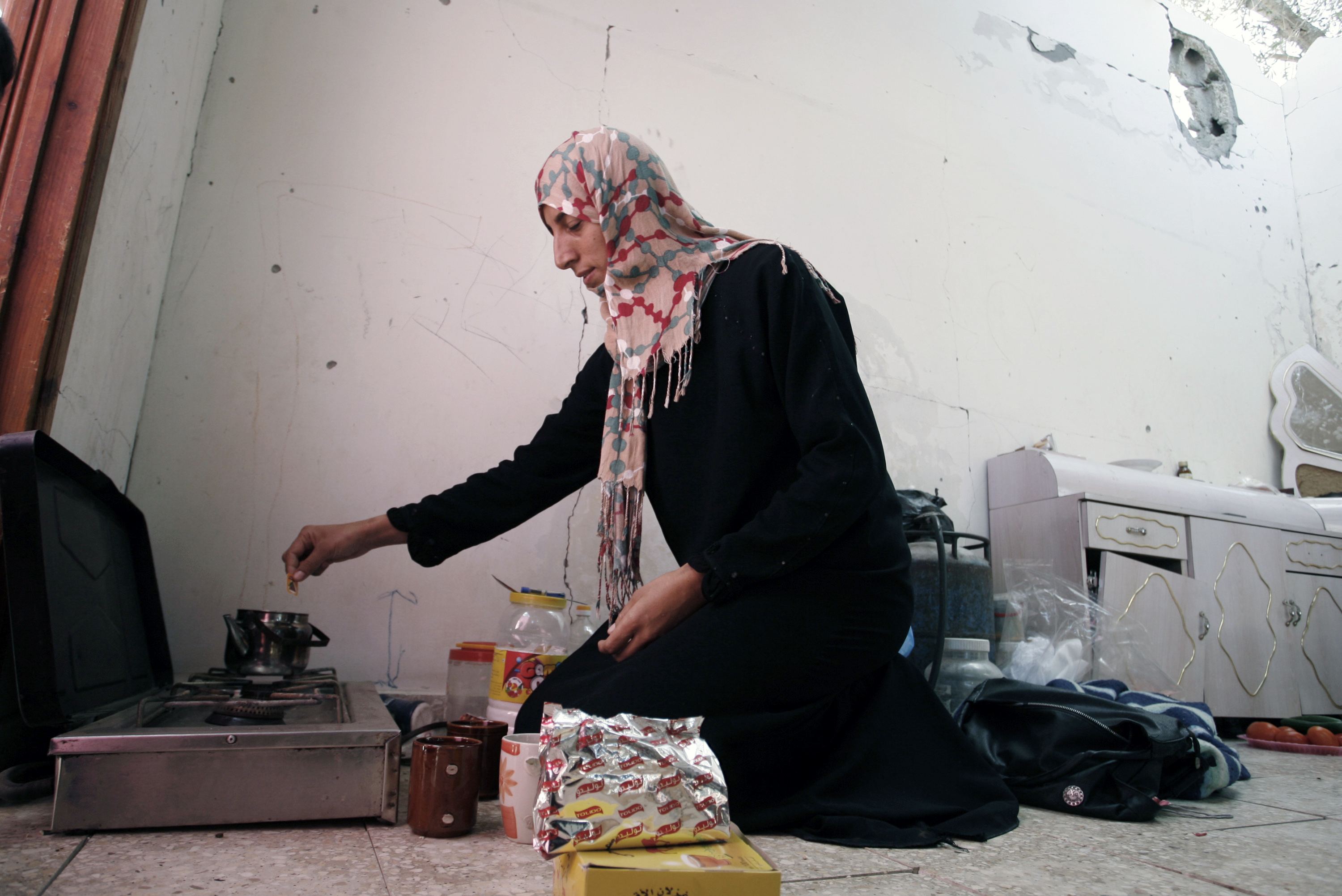
Searching for Agreement Where None Exists
This revelation points to another issue that happens in coexistence groups. One Jewish woman who attended a few meetings of women felt it was a “place for the Arab participants to get a date. After I went I got texted and messaged again and again from the men.” Obviously dating would be a form of coexistence, but probably that isn’t what the organizers intend.
Since coexistence groups tend to be self-selecting, they get precisely the group of people who are in the least need of coexistence. Specifically among Jewish participants they end up with people that are highly critical of Israel, some of whom downright hate Israel and wish the country didn’t exist. One academic who attended a Jewish-Muslim research group at Ben-Gurion University wrote “If Gaza and the West Bank were truly part of Israel, and Israel were truly a multiethnic, secular society, there would be progress toward peace.”
This is the kind of one-state solution idea that is totally out of step with what the majority of Palestinians and Israelis want. Yet, it is a form of “coexistence” like the group Brit Shalom that existed in the British Mandate and was composed of a few utopianist Jews and almost no Arabs and yet supported “bi-nationalism.”
At the end of the day grass roots coexistence work, like Budo for Peace, Nirkod LaShalom (Dancing for Peace), Soccer for Peace, running for peace, and the rest of the lot cater to small numbers of people who have no effect on wider society. Year after year, surveys indicate either greater balkanization of Israeli society or at least a great deal of dislike of “the other,” for instance the Israel Democracy Index survey found that almost 50% of both Arabs and Jews don’t want each other as neighbors.
Are these groups just a cynical “industry” for the individuals who run them to make money and have something to do? This is probably not the case; the individuals care deeply about their work, but it is obvious that there is a tendency for each group to be a “one man band,” catering to some tiny niche. The fact that so many are supported by outside donors, such as foreign governments, and that few if any are run by Palestinians, means this is an artificial system that has no local roots. The Peres Center 2012 bulletin talks about “building bridges” and “strengthening relationships” but it has been beating a dead horse for 15 year of this work. Where are the bridges? Where is the progress?
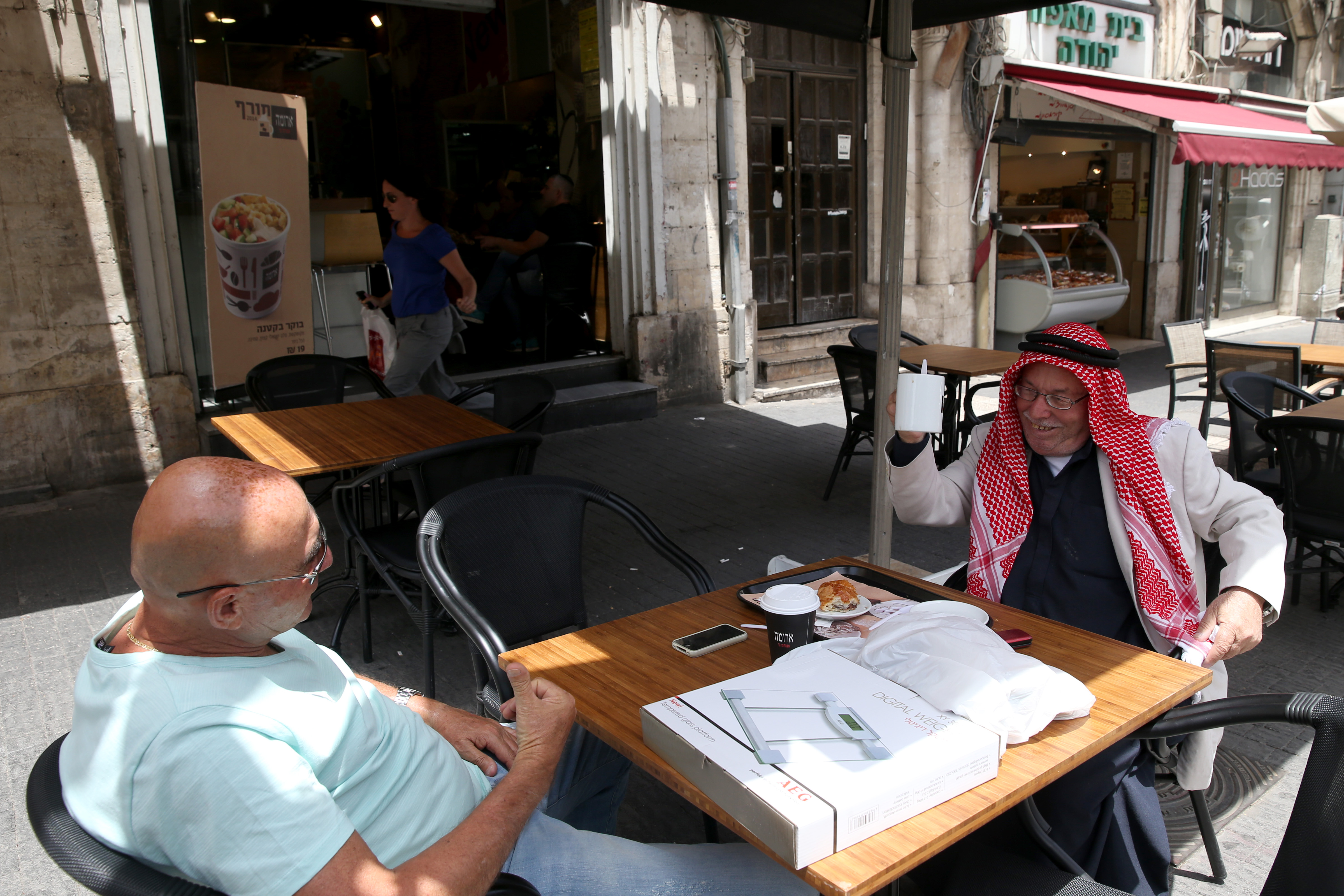
Real Coexistence Can't Be Forced
For coexistence to ever be meaningful, it would have to build several real bridges. First, it would have to not only be a case of Israelis supporting Palestinian nationalism and Palestinians supporting Palestinian nationalism. It would have to really challenge Palestinians and hold them to the same accountability as Israeli society in terms of encouraging progressive and liberal values – to say nothing of recognizing the legitimacy of Jewish nationalism in the Land of Israel, not just "sorrow for the Holocaust". Second, it would have to appeal to not only secular Jews on the left and Palestinians who are nationalists. Third, it would need to have indigenous Palestinian support and funding from Palestinian backers and Palestinians playing an integral part in running the organizations.
If Palestinians aren’t stepping forward to start “Dabka for Peace” or “embroidery for peace,” the situation isn’t going to improve. Coexistence work should not be a cover for radical anti-Israel views, such as one “coexistence” activist who compared the hardship of waiting at a checkpoint in a Palestinian bus to the mass murder of Israeli civilians on a bus, in an essay now removed from online called “a tale of two buses.” Blowing people up, shooting them, sniper fire, “resistance” and tunnels; none of that has anything to do with coexistence.
In the long run, as many of the Palestinians who said they don’t go to coexistence groups precisely because they enjoy the authentic friendships they have with Jews “as people first, not ethnicities,” the real coexistence comes when these kinds of artificial frameworks disappear. “I can coexist at a bar over some drinks,” one woman told me. Indeed.
To receive updates on new articles in English, join Mida on Facebook or Twitter or join our mailing list.



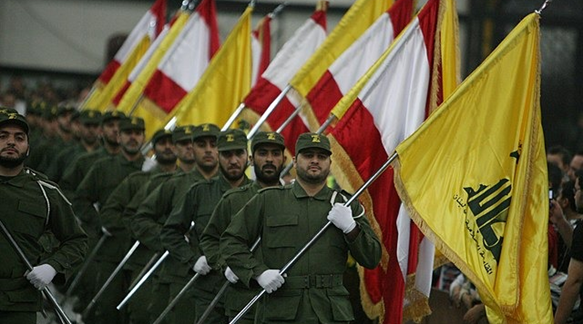

They fail because they are not coexistence groups at all, but groups of Israeli leftists aligning themselves with Arab fascists to endorse the belligerent agenda of the latter.